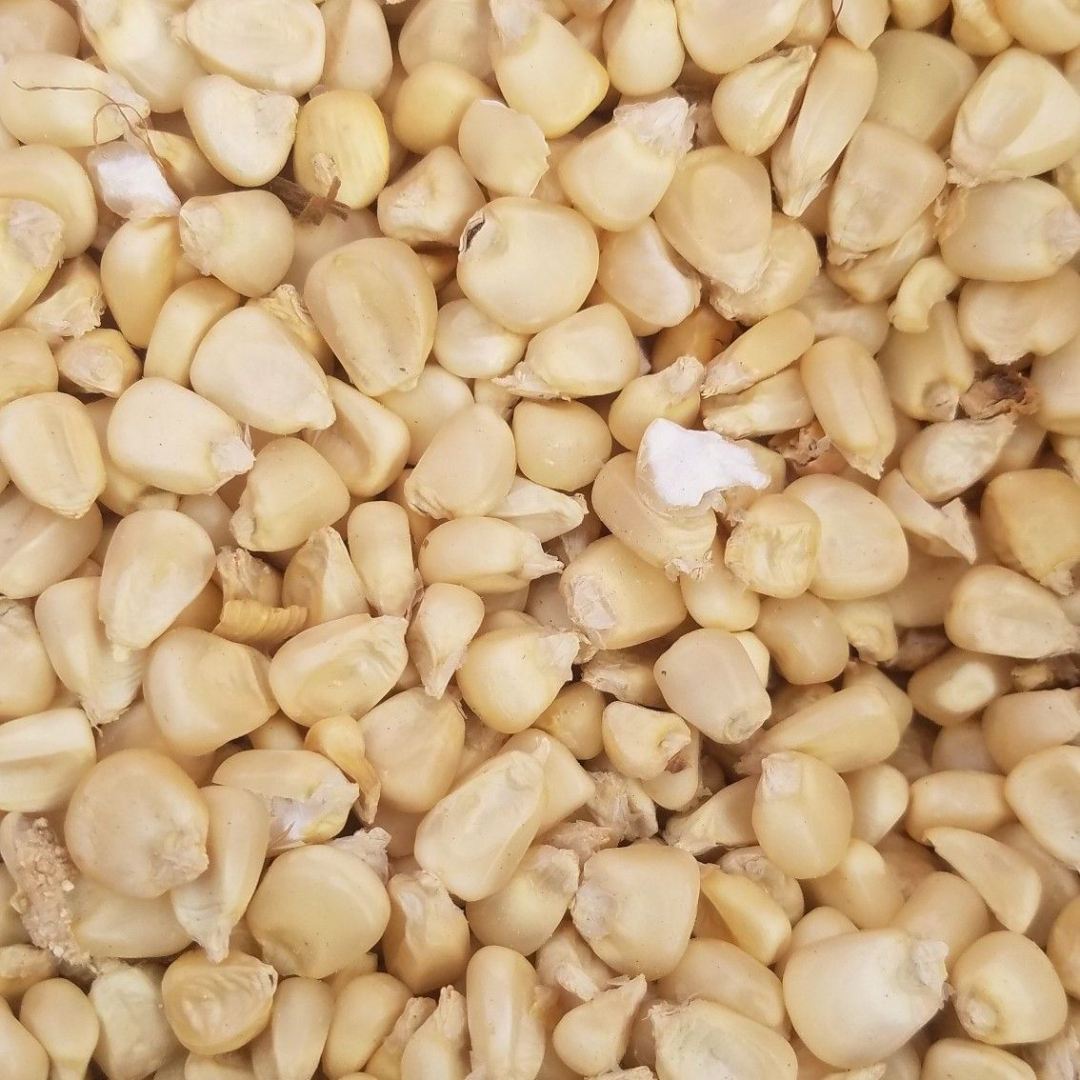
White Corn
White corn is a sweet, versatile grain known for its mild flavor and tender texture. It is a staple in many cuisines, used in soups, stews, salads, and as a side dish. White corn is also ground into flour for baking or making tortillas.
Key Features:
- Rich in Carbohydrates & Fiber: Provides sustained energy and aids digestion.
- Low in Fat: A healthy addition to balanced diets.
- Contains Vitamins & Minerals: Such as vitamin B6, magnesium, and antioxidants.
- Naturally Gluten-Free: Suitable for gluten-sensitive diets.
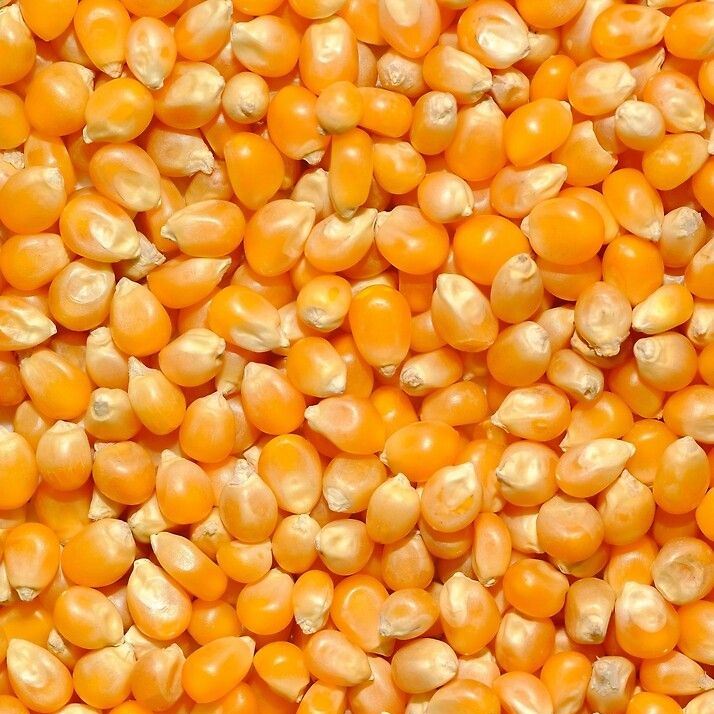
Yellow Corn
Yellow corn is a nutrient-dense, vibrant grain prized for its sweet taste and versatility. It is used in cornbread, polenta, salads, and as a vegetable side. Its bright color comes from beta-carotene, a precursor to vitamin A.
Key Features:
- High in Fiber & Antioxidants: Supports gut and eye health.
- Energy-Boosting: Rich in complex carbohydrates.
- Contains Folate & Vitamin C: Essential for immunity and cell repair.
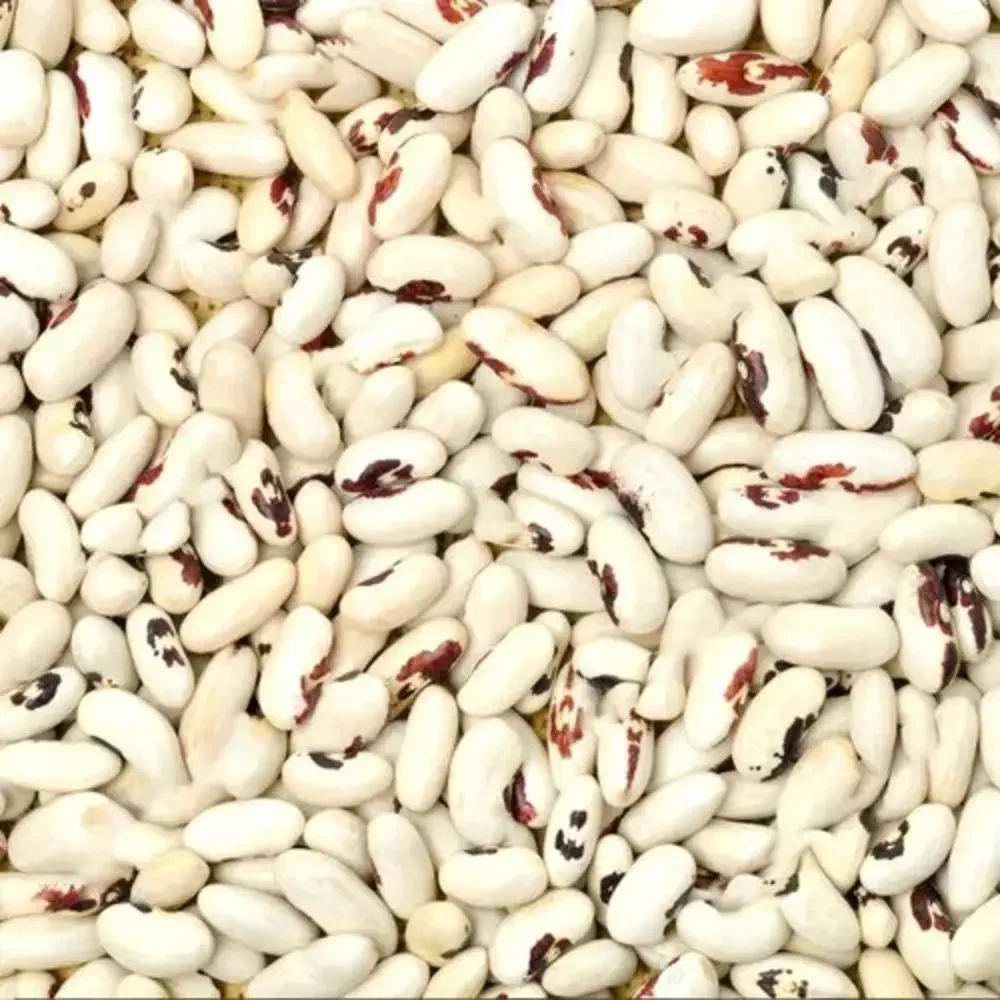
White Kidney Beans
White kidney beans, or cannellini beans, are creamy, mild-flavored legumes popular in Italian, Mediterranean, and Latin American cuisines. They hold their shape well, making them ideal for salads, stews, and dips like hummus.
Key Features:
- High in Protein & Iron: Supports muscle and blood health.
- Rich in Resistant Starch: Promotes gut health.
- Low Glycemic Index: Helps regulate blood sugar.
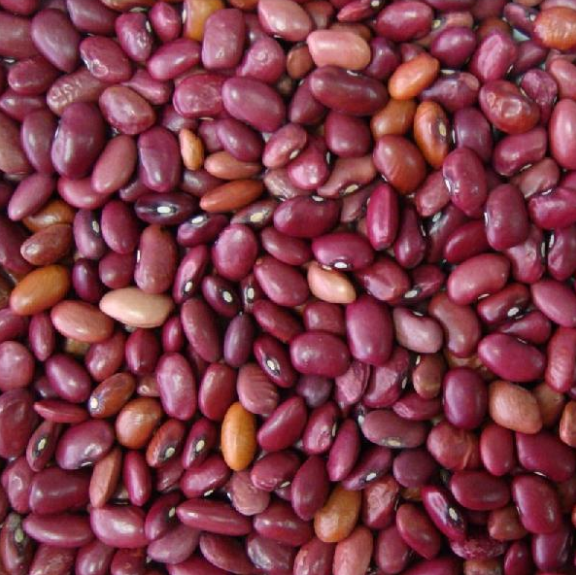
Red Kidney Beans
Red kidney beans are firm, hearty legumes with a deep color and robust flavor. A staple in chili, Caribbean rice dishes, and Indian curries, they are prized for their high protein and fiber content.
Key Features:
- Excellent Source of Plant-Based Protein: Ideal for vegans.
- Packed with Antioxidants: Supports heart health.
- Requires Soaking: Reduces cooking time and aids digestion.
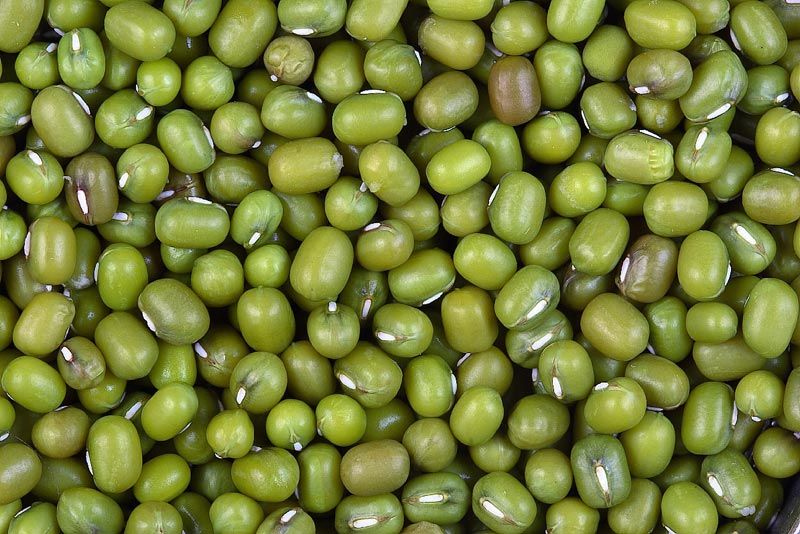
Mung Beans
Mung beans are small, green legumes with a mild, slightly sweet taste. Commonly used in Asian cuisines for sprouts, dals, and desserts, they are easy to digest and cook quickly without soaking.
Key Features:
- Highly Digestible Protein: Great for detox diets.
- Rich in Folate & Potassium: Supports metabolism and heart health.
- Versatile: Used whole, split, or sprouted.
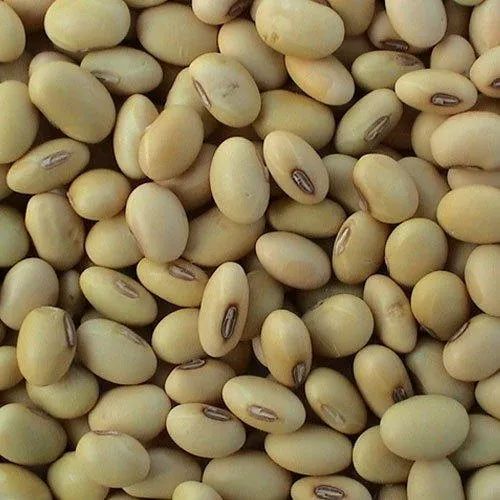
Soybeans
Soybeans are protein-packed legumes used to make tofu, tempeh, soy milk, and oil. They are a complete protein source, containing all essential amino acids, making them vital for vegetarian and vegan diets.
Key Features:
- High in Isoflavones: May support hormonal balance.
- Rich in Omega-3s: Promotes heart health.
- Industrial Uses: Biofuel, animal feed, and textured protein.
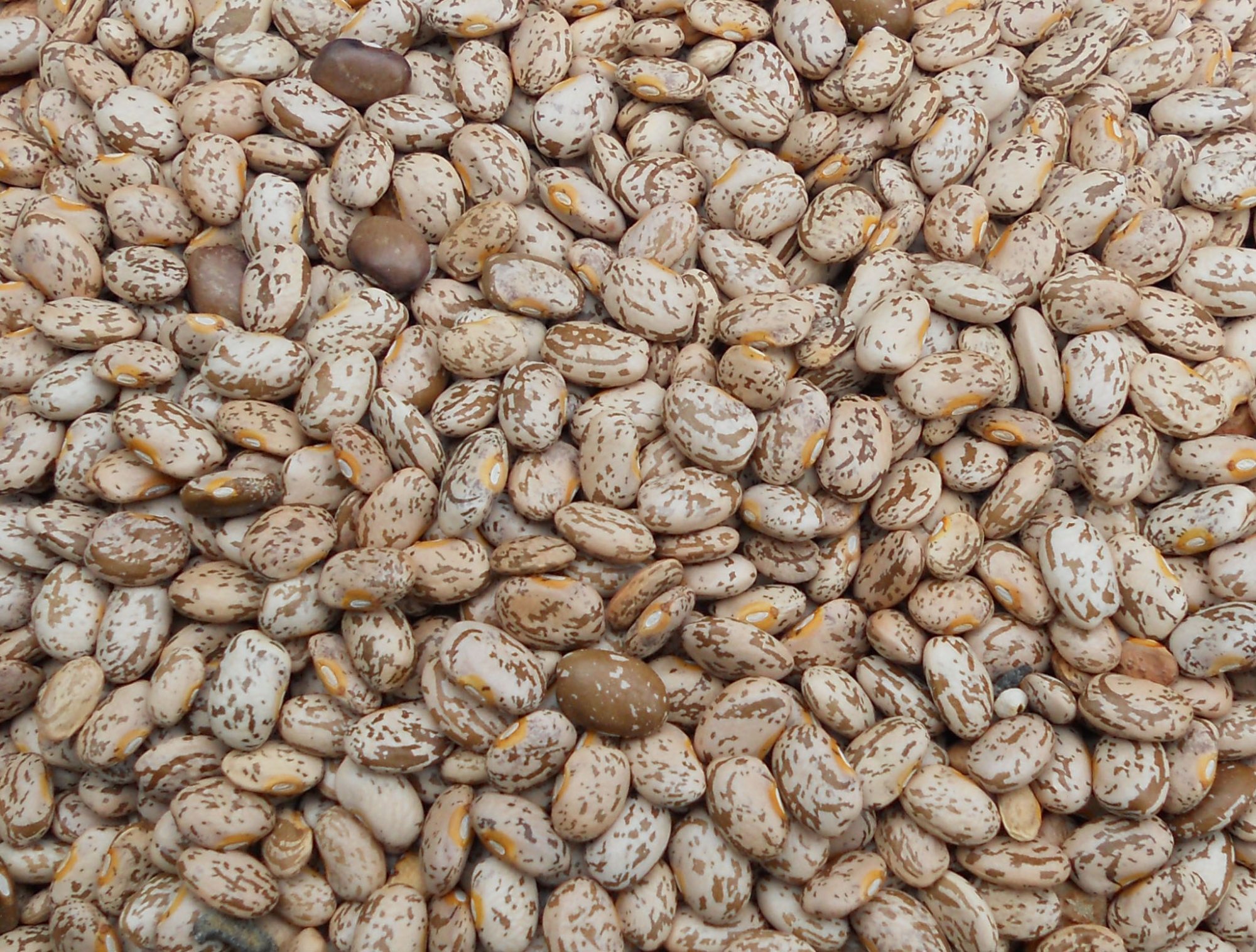
Pinto Beans
Pinto beans are speckled, creamy-textured beans central to Mexican and Southwestern cuisine (e.g., refried beans). They are high in fiber and protein, with a mild, earthy flavor.
Key Features:
- Balanced Macronutrients: Sustained energy release.
- Supports Blood Sugar Control: Low glycemic index.
- Budget-Friendly: Affordable plant-based protein.
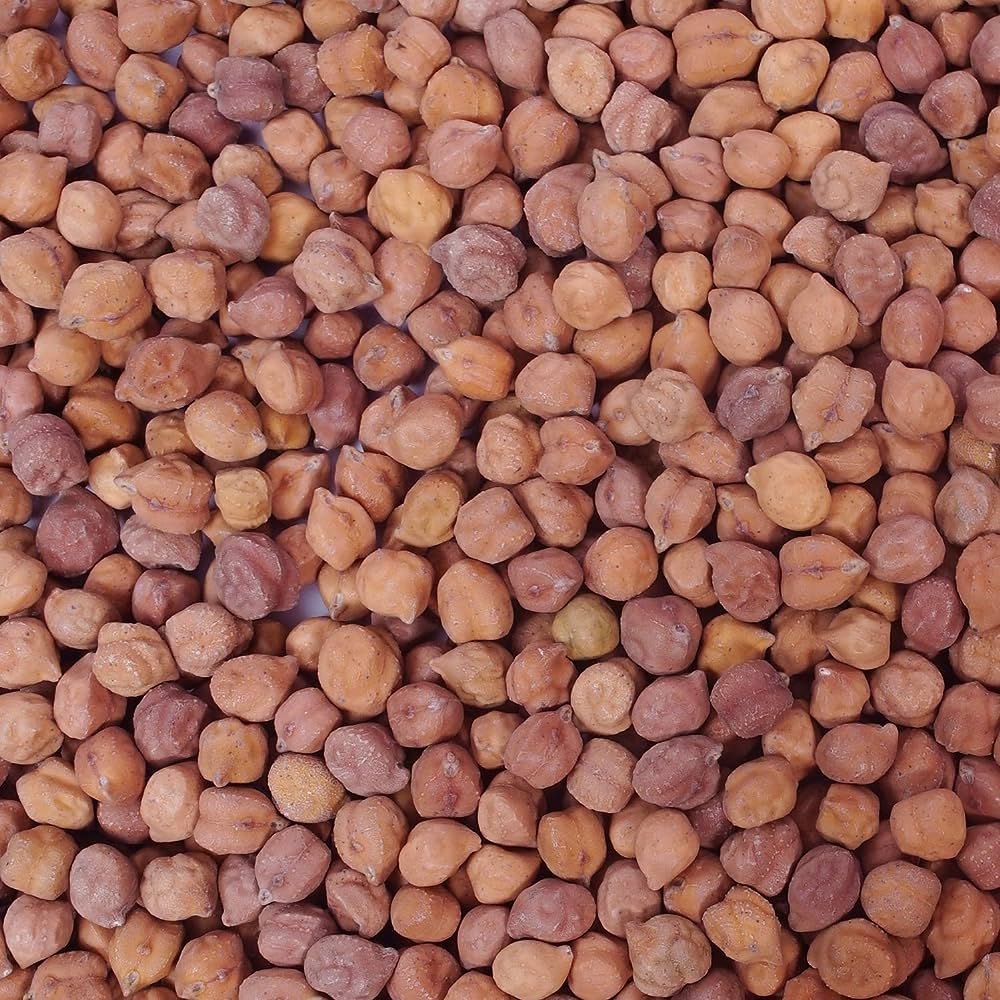
Desi Chickpeas
Desi chickpeas are small, dark, and nutty-flavored, commonly used in Indian dals, flour (besan), and snacks. They have a higher fiber content than kabuli chickpeas and a lower glycemic index.
Key Features:
- Rich in Resistant Starch: Aids digestion.
- Traditional Use: Essential in Ayurvedic cooking.
- Drought-Resistant: Grown in arid regions.
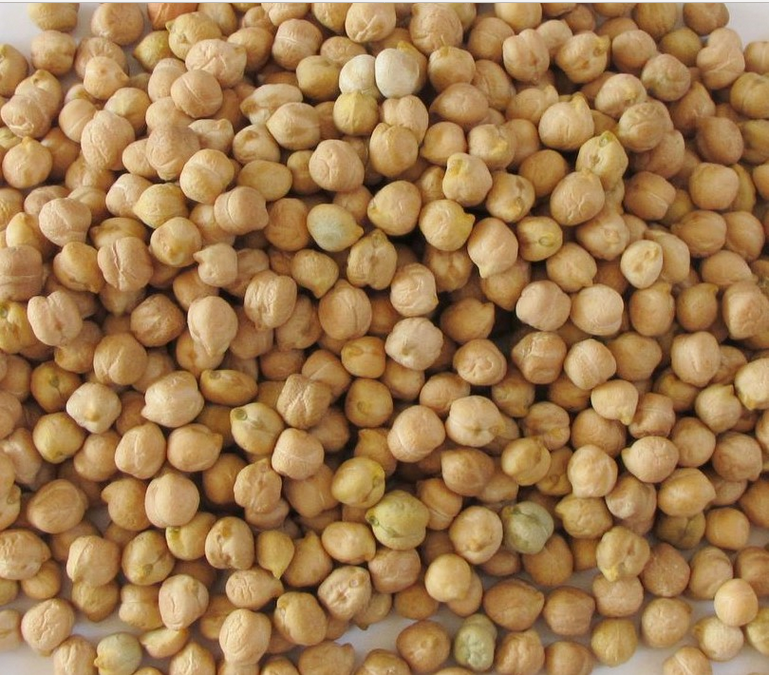
Kabuli Chickpea
Kabuli chickpeas are larger, lighter-colored, and creamier than desi varieties. A global staple, they are used in hummus, salads, and stews. Their mild taste and smooth texture make them highly versatile.
Key Features:
- High in Protein & Folate: Supports muscle and prenatal health.
- Low in Fat: Heart-healthy legume.
- Pre-Soaking Recommended: Reduces cooking time.
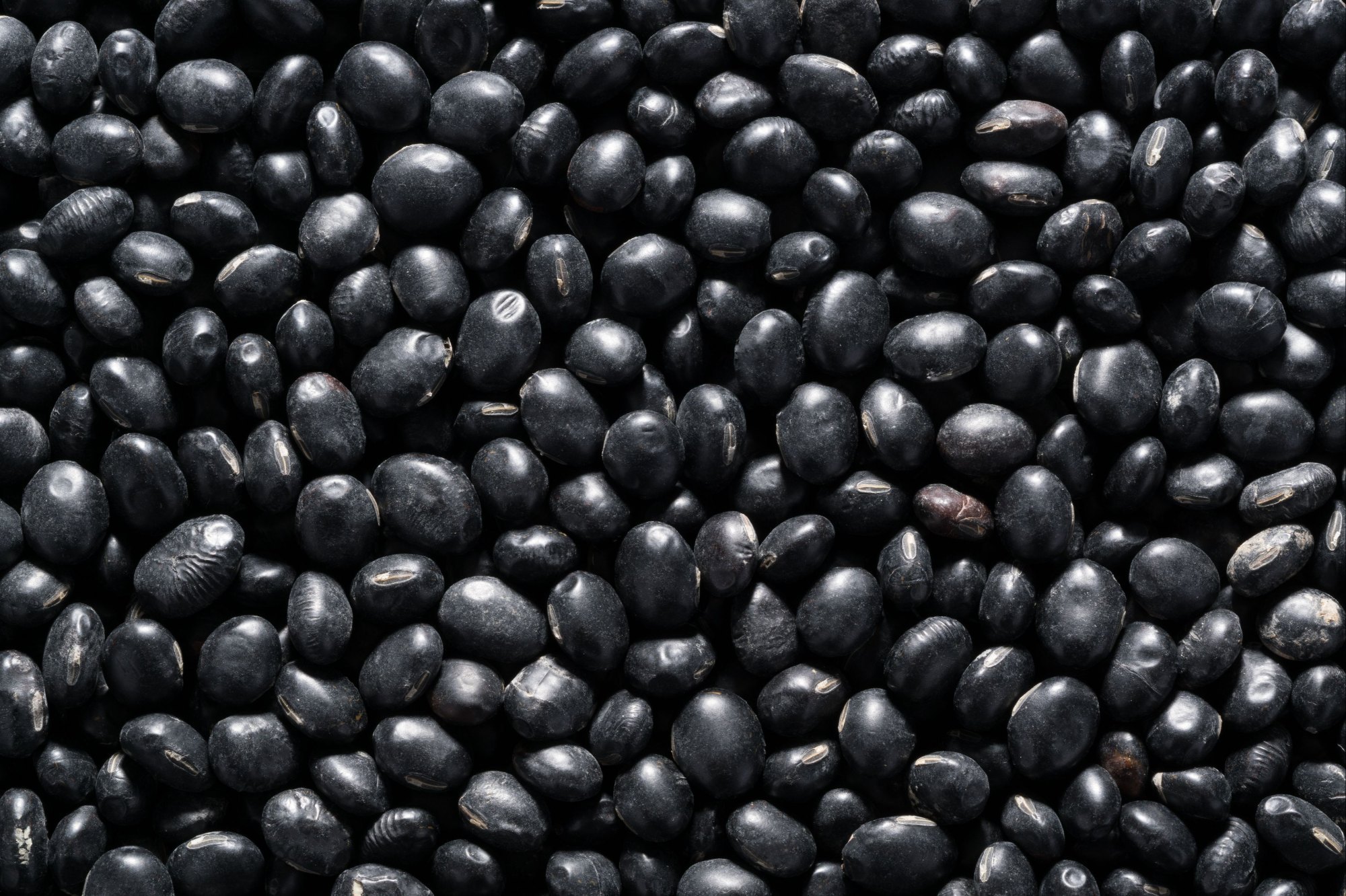
Black Beans
Black beans, or turtle beans, are dense, earthy-flavored legumes with a meaty texture. A cornerstone of Latin American cuisine, they are used in soups, burritos, and veggie burgers.
Key Features:
- Antioxidant-Rich: High in anthocyanins (like blueberries).
- Blood Sugar Stabilizing: Slow-digesting carbs.
- Budget-Friendly: Nutrient-dense and affordable.
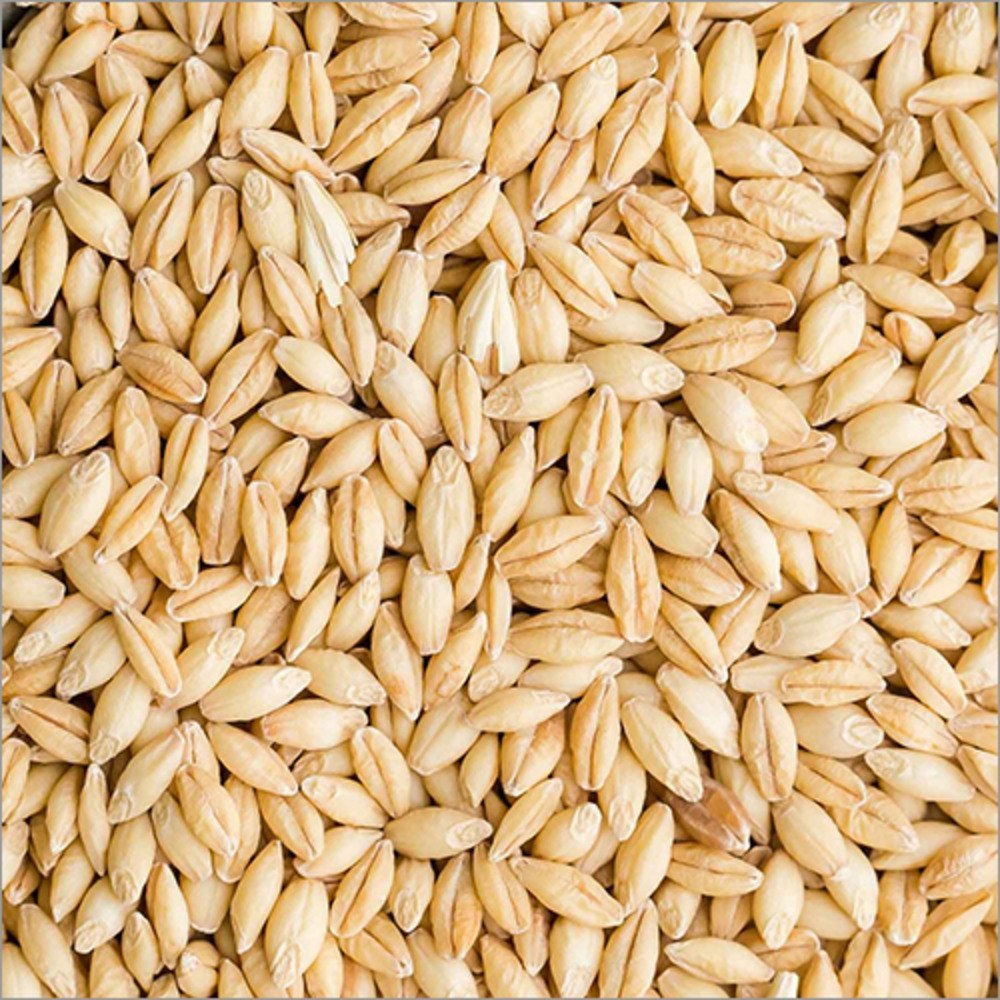
Barley
Barley is a nutty, fiber-rich ancient grain used in soups, stews, salads, and brewing. Available as hulled, pearled, or flour, it adds heartiness and nutrients to meals.
Key Features:
- High in Fiber & Beta-Glucans: Supports digestion and heart health.
- Low Glycemic Index: Helps stabilize blood sugar levels.
- Rich in Minerals: Contains selenium, manganese, and B vitamins.
- Versatile: Used in brewing beer, baking, or as a rice substitute.
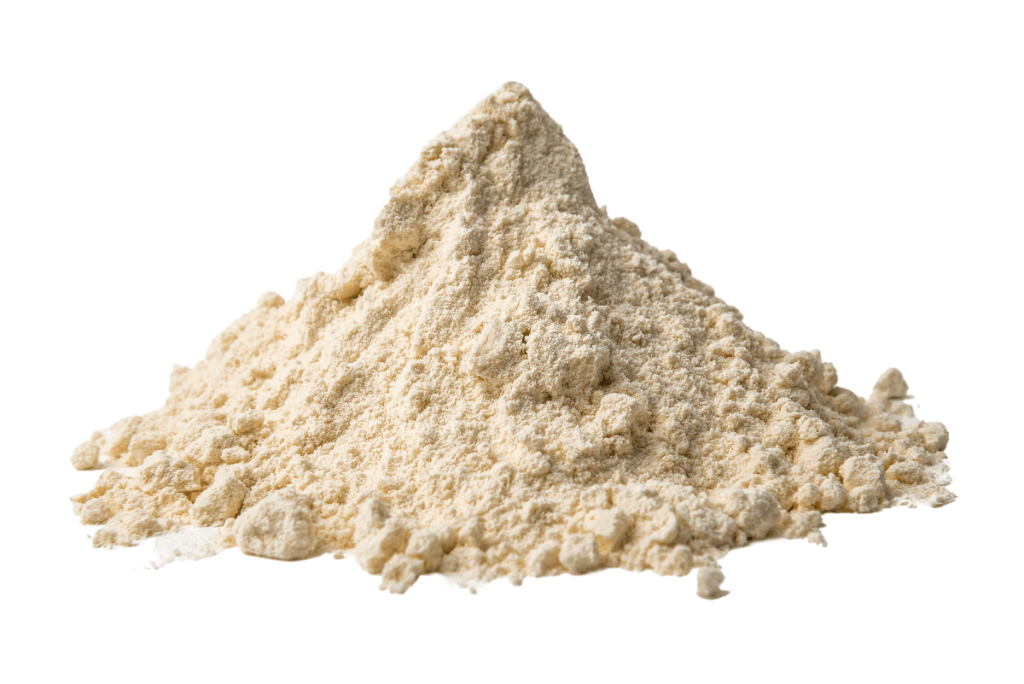
Vital Wheat Gluten Flour
Vital wheat gluten flour is a high-protein powder extracted from wheat, used to improve dough elasticity and rise in baked goods. Ideal for bread, pizza crusts, and seitan (plant-based meat), it ensures a chewy, airy texture.
Key Features:
- High Protein (75–80%): Boosts gluten structure for better baking results.
- Low Carb & Fat: Perfect for keto-friendly and high-protein recipes.
- Vegan-Friendly: Essential for homemade seitan.
- Non-GMO & Unbleached: Pure, minimally processed ingredient.
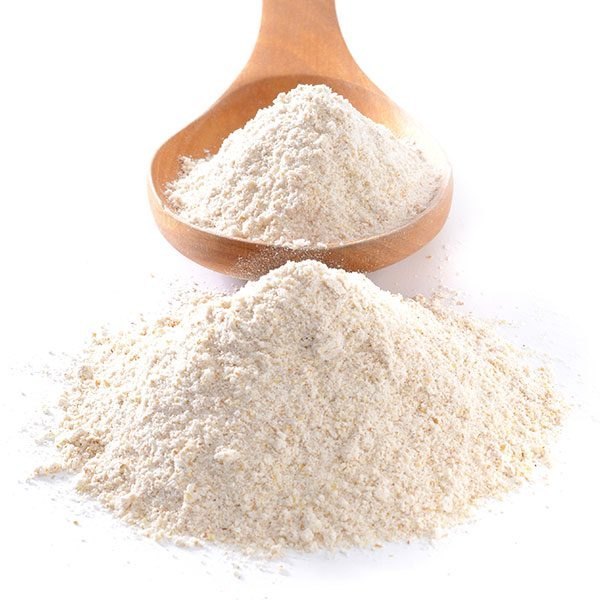
Hard White Wheat Flour
Hard white wheat flour is a high-protein flour made from hard white wheat berries. It’s ideal for bread, pizza dough, and artisan baking, offering a lighter color and milder flavor compared to traditional red wheat flour.
Key Features:
- High Gluten Content: Excellent for chewy, structured baked goods.
- Lighter Flavor & Color: Retains nutrients without a bitter taste.
- Whole Grain Option: Available as whole wheat or refined.
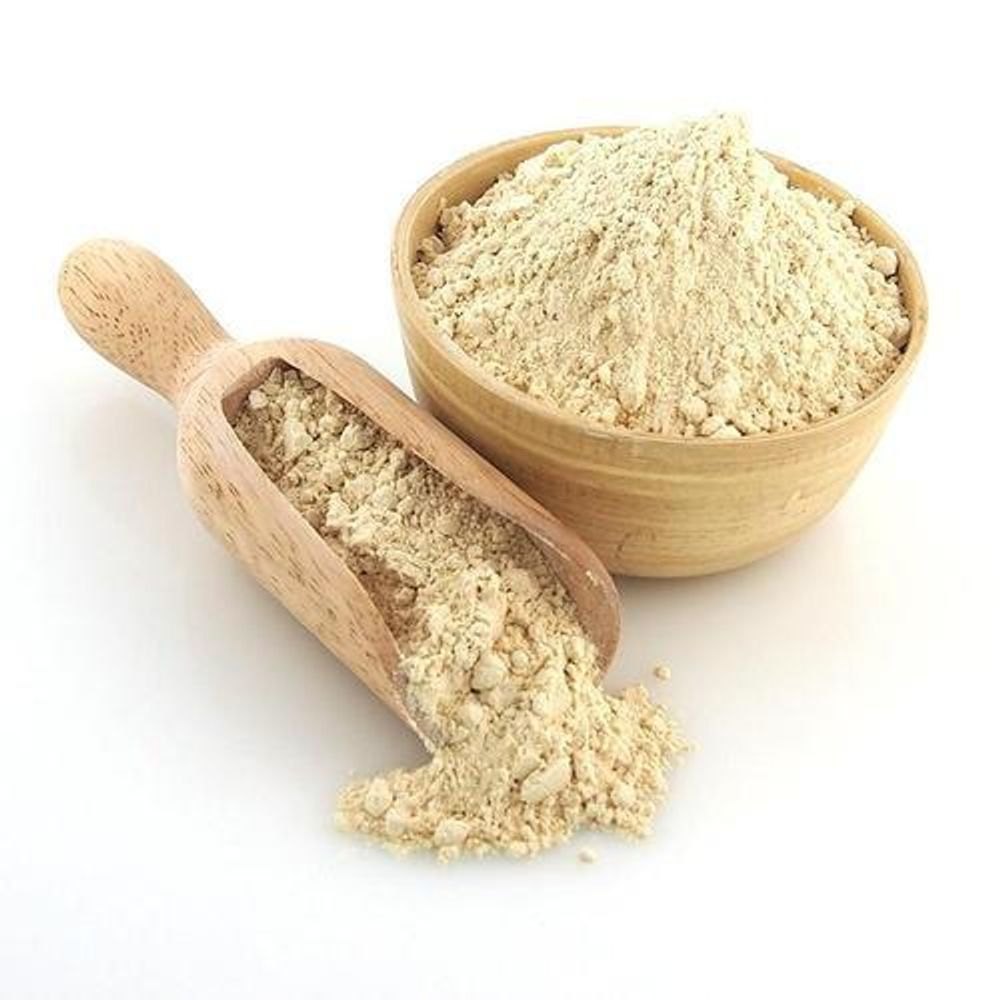
Gluten Flour
Gluten flour, or vital wheat gluten, is a high-protein powder extracted from wheat. It’s used to boost elasticity in bread, seitan, and low-protein flours.
Key Features:
- 75–80% Protein: Dramatically improves dough strength.
- Essential for Vegan Meat: Base for seitan.
- Not for Gluten-Free Diets: Pure wheat gluten.
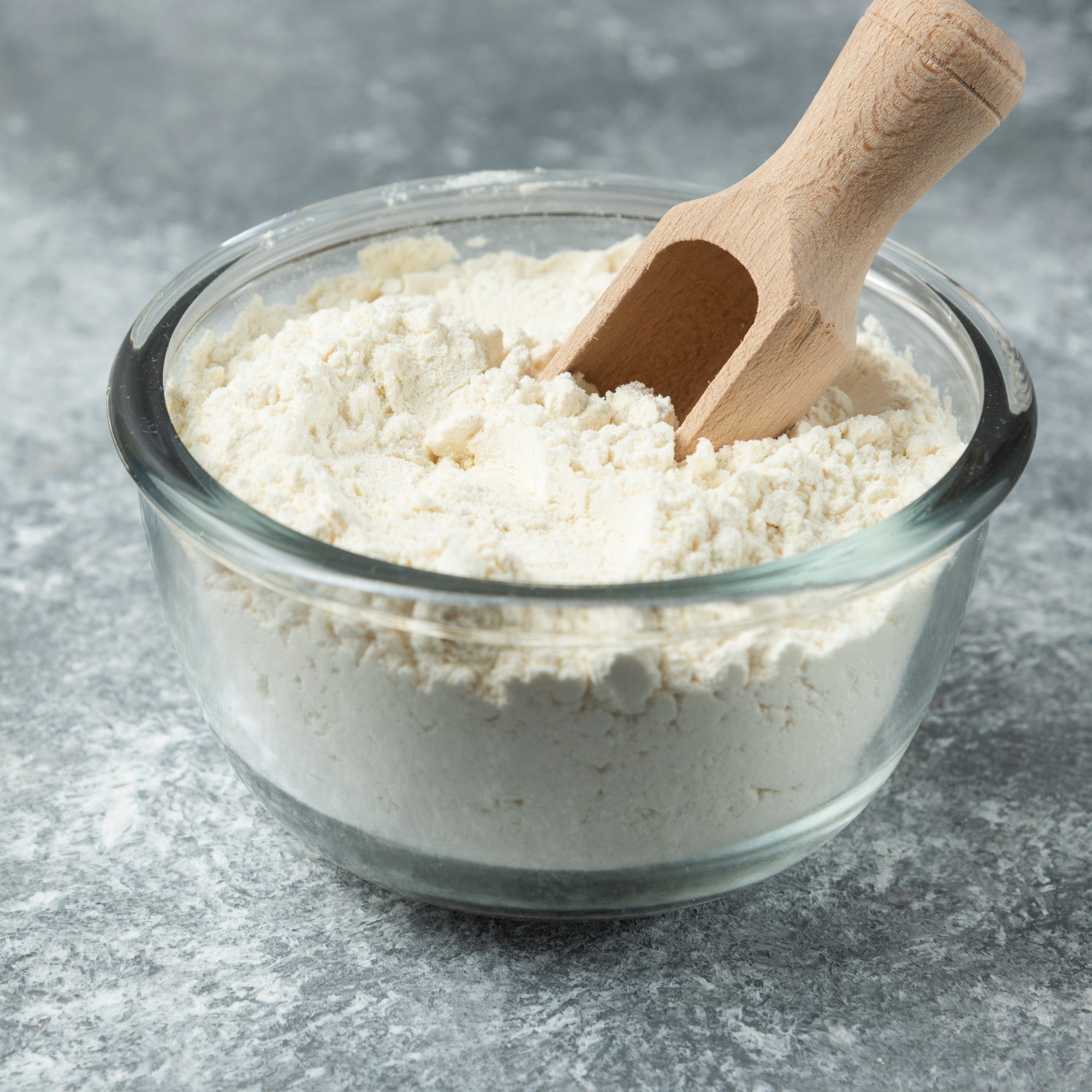
00 Flour
00 flour is an Italian finely milled wheat flour with a soft texture, perfect for pasta, pizza, and delicate pastries. It has a lower protein content than bread flour.
Key Features:
- Low Protein (8–11%): Creates tender, silky doughs.
- Finely Ground: Absorbs liquids evenly.
- Authentic Italian Recipes: Essential for Neapolitan pizza.
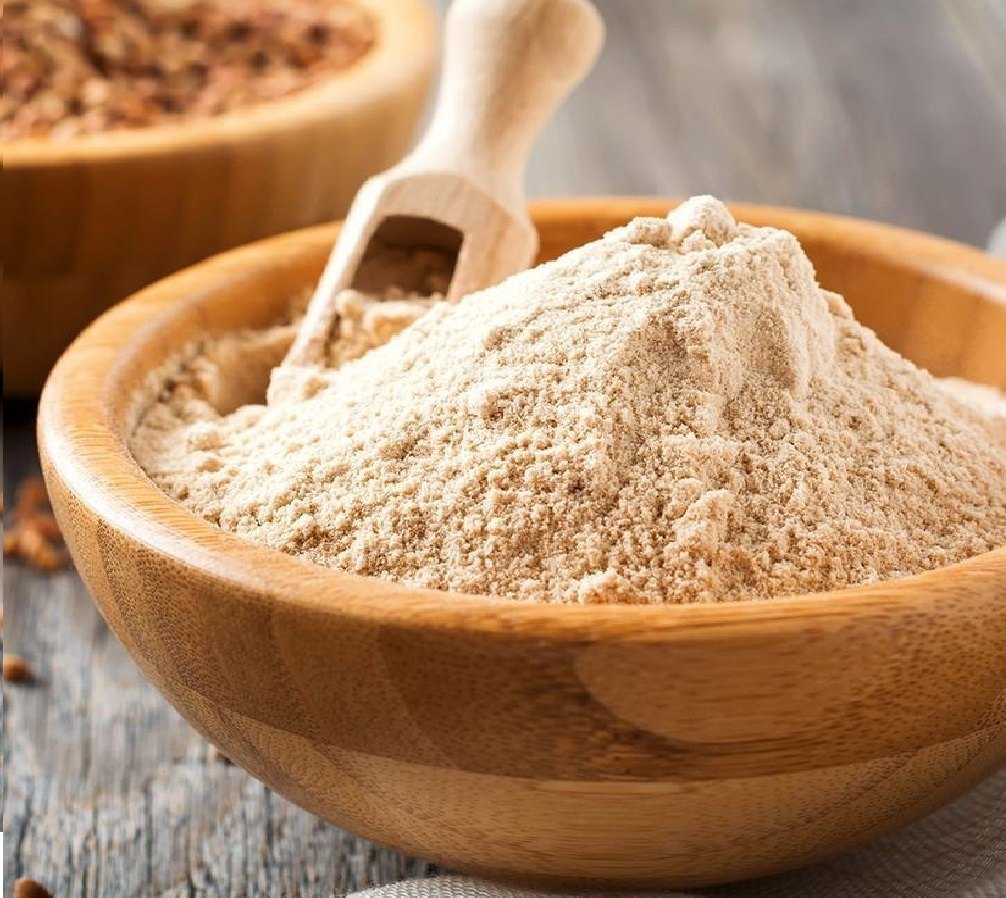
Buckwheat Flour
Buckwheat flour is a nutty, gluten-free flour made from ground buckwheat groats. A staple in pancakes, soba noodles, and Eastern European baking.
Key Features:
- Gluten-Free & Nutrient-Dense: Rich in magnesium and fiber.
- Distinct Flavor: Earthy, slightly bitter notes.
- Combines Well: Often mixed with other flours.
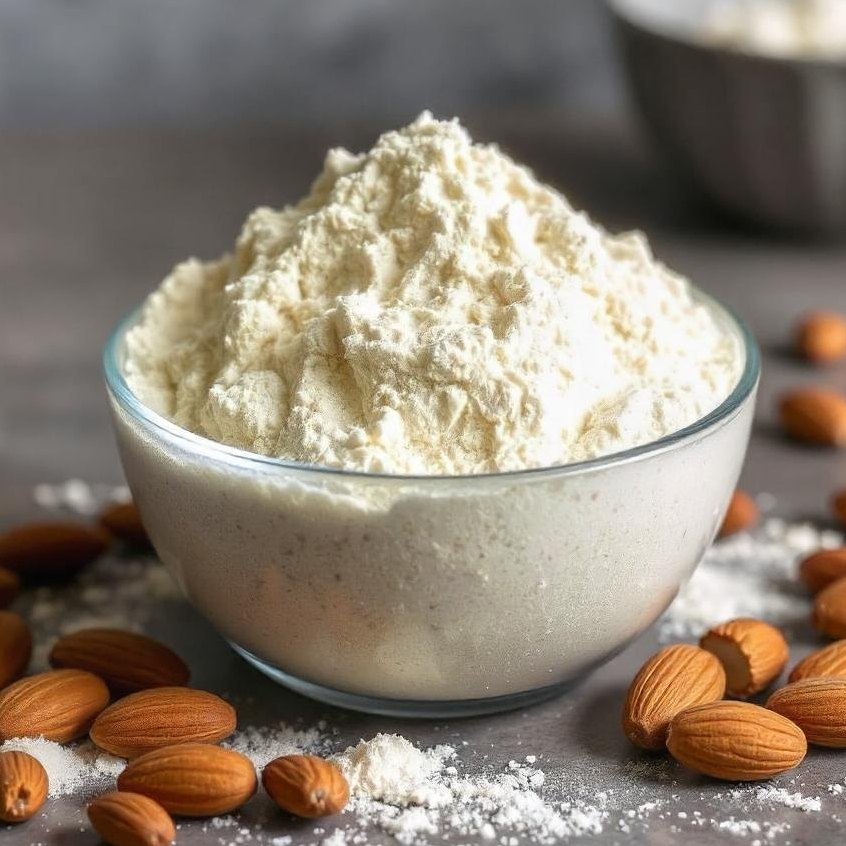
Almond Flour
Almond flour is a grain-free, protein-rich flour made from blanched almonds. Popular in keto, paleo, and gluten-free baking for its moist texture and nutty sweetness.
Key Features:
- Low-Carb & High-Fat: Ideal for keto diets.
- Nutrient-Rich: Packed with vitamin E and magnesium.
- Delicate Texture: Best for cookies, cakes, and macarons.
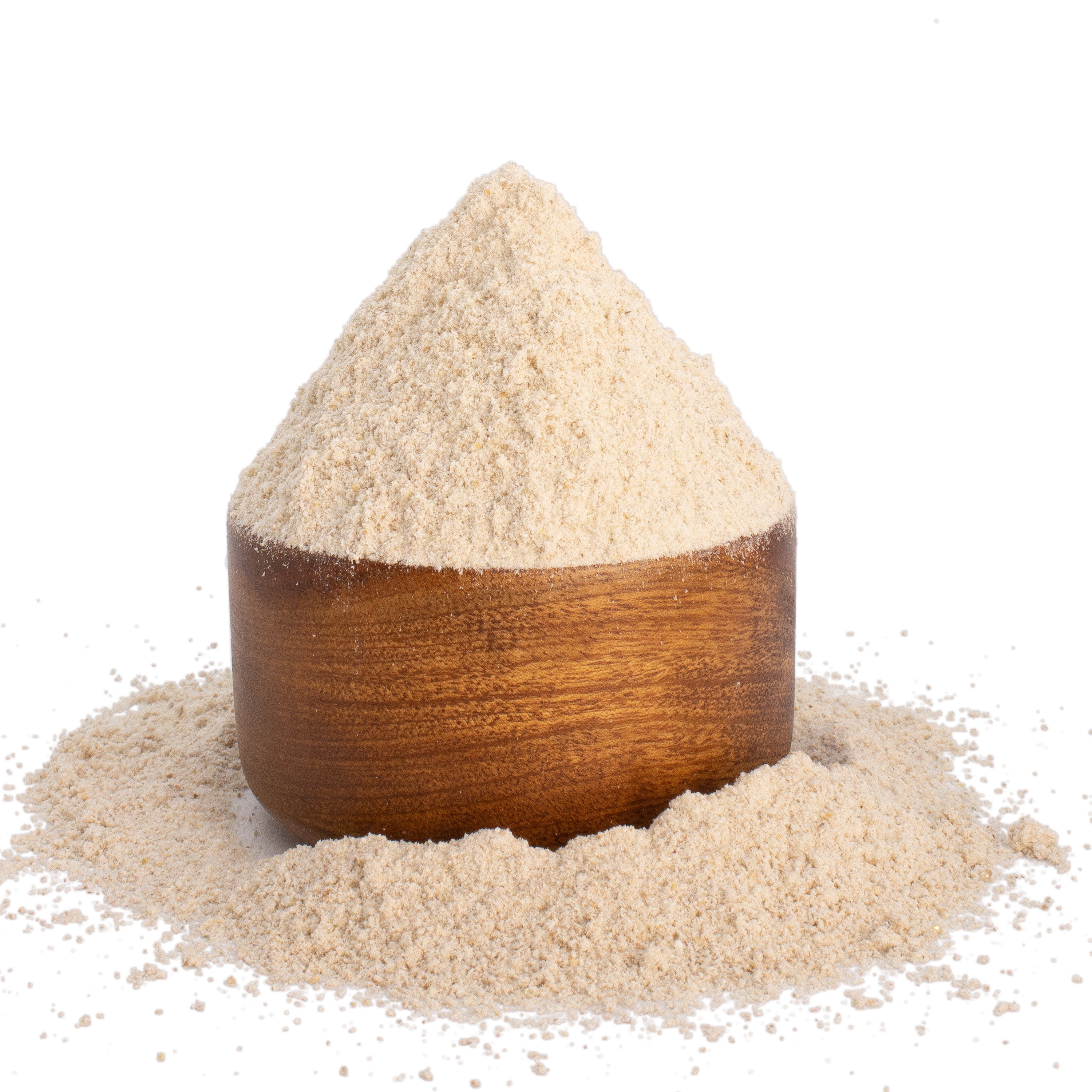
Rye Flour
Rye flour is a dense, earthy flour made from rye berries. Essential for dark breads (e.g., pumpernickel), it adds moisture and a distinct tang.
Key Features:
- Low Gluten: Dense crumb structure.
- High Fiber: Supports digestion.
- Traditional Use: Northern/Eastern European baking.
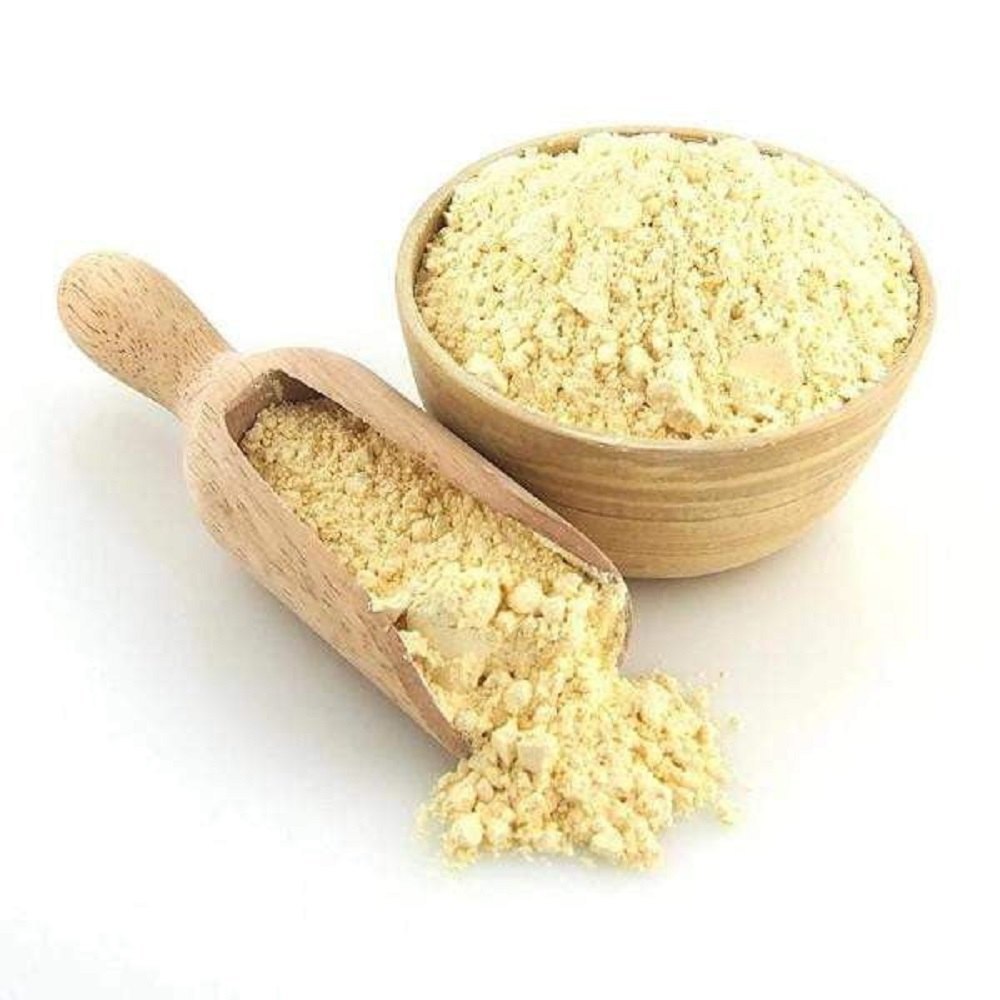
Graham Flour
Graham flour is a coarse whole wheat flour with added bran and germ. Famous for graham crackers and rustic breads.
Key Features:
- Nutrient-Rich: Retains all parts of the wheat kernel.
- Sweet, Nutty Flavor: Enhances baked goods.
- Historical Significance: Created by Sylvester Graham.
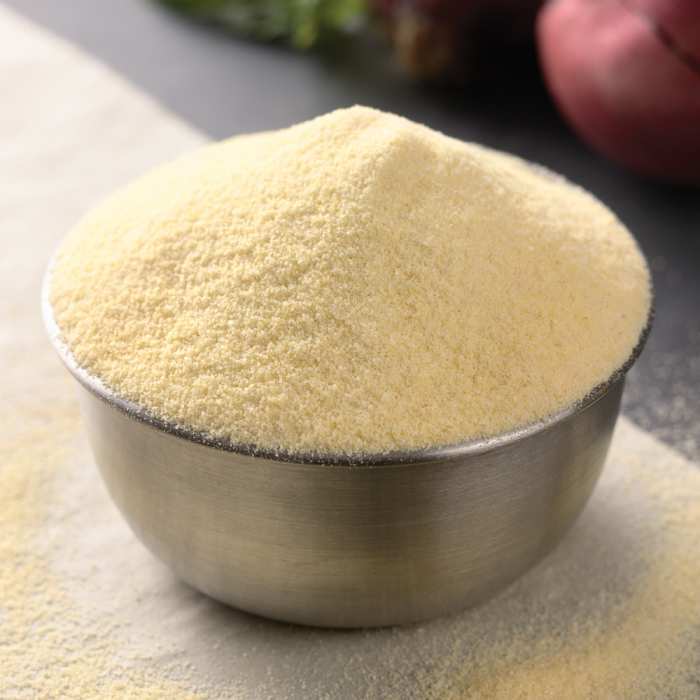
Semolina Flour
Semolina is a coarse, golden flour milled from durum wheat. Used for pasta, couscous, and Mediterranean desserts.
Key Features:
- High Gluten: Holds shape in pasta.
- Slow-Digesting Carbs: Sustained energy.
- Gritty Texture: Prevents sticky dough.
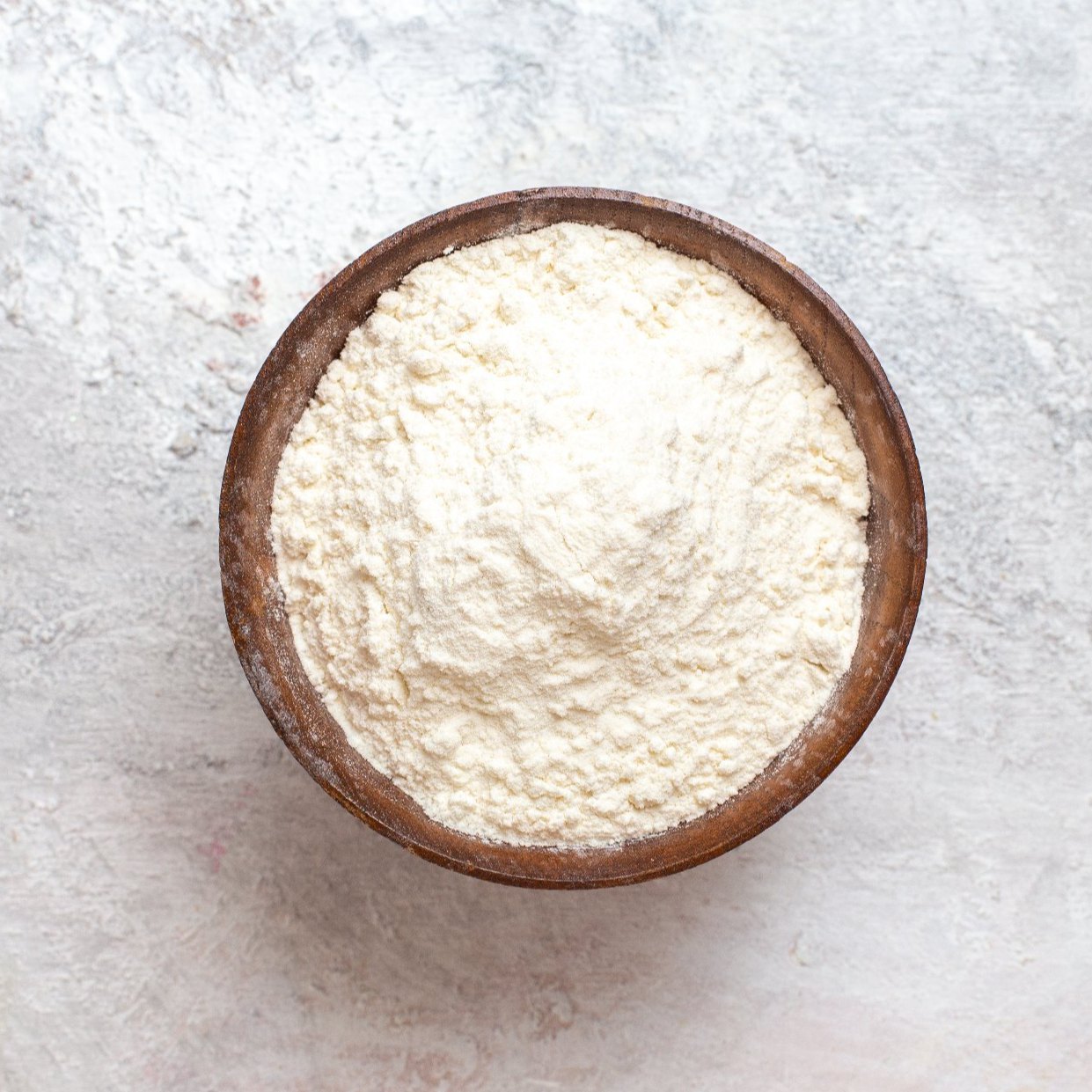
Self-Rising Flour
Self-rising flour is all-purpose flour pre-mixed with baking powder and salt. Convenient for biscuits, pancakes, and quick breads.
Key Features:
- Leavening Built-In: No need for added baking powder.
- Low Protein (~9%): Tender results.
- Short Shelf Life: Baking powder loses potency over time.
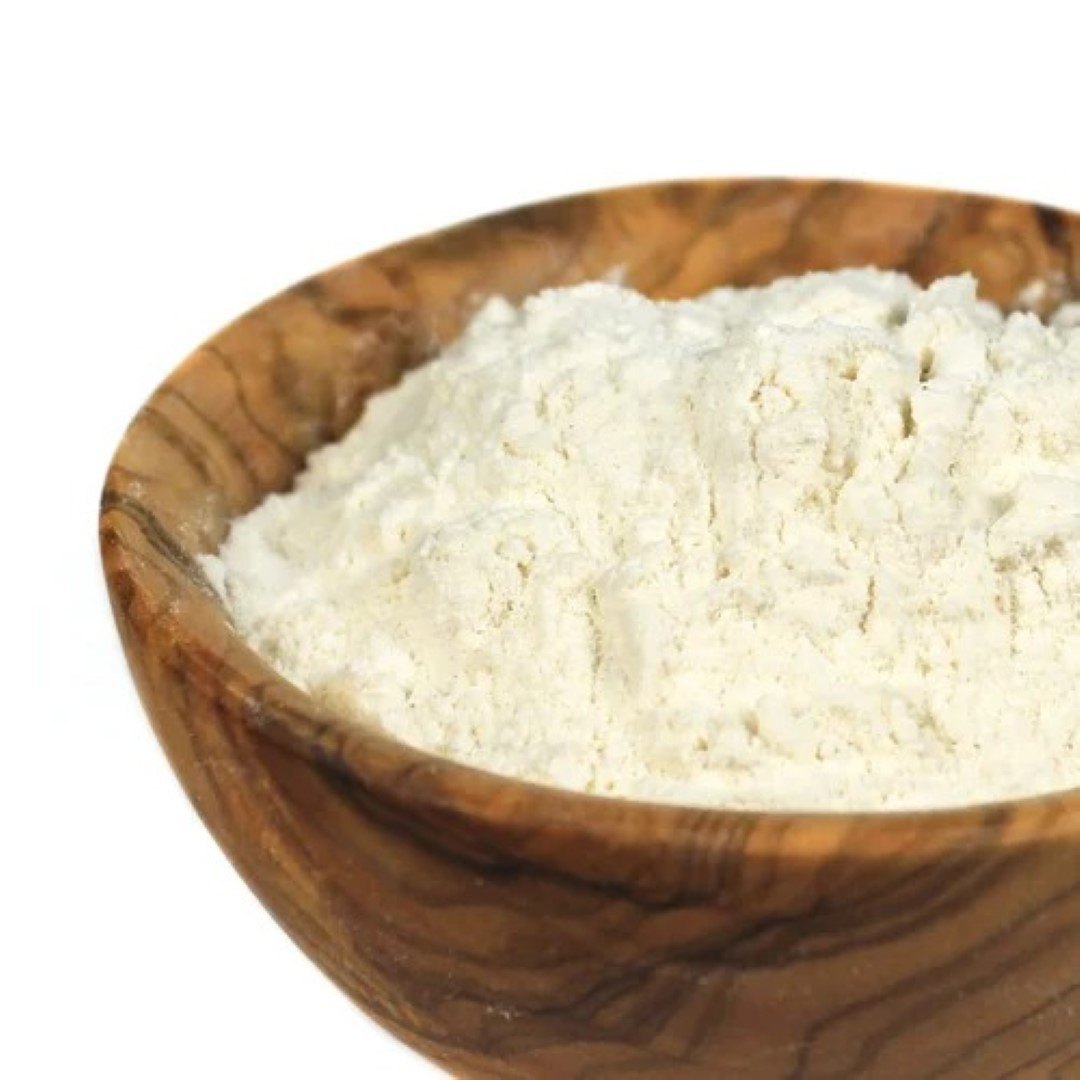
Pastry Flour
Pastry flour is a low-protein flour (8–9%) designed for tender pies, tarts, and cookies. Strikes a balance between all-purpose and cake flour.
Key Features:
- Soft Texture: Prevents toughness in pastries.
- Unbleached Options: Retains natural wheat flavor.

Whole Wheat Flour
Whole wheat flour includes the entire wheat kernel (bran, germ, endosperm). Nutritious for bread, muffins, and hearty baking.
Key Features:
- High Fiber & Nutrients: B vitamins, iron, magnesium.
- Dense Texture: Often blended with white flour.
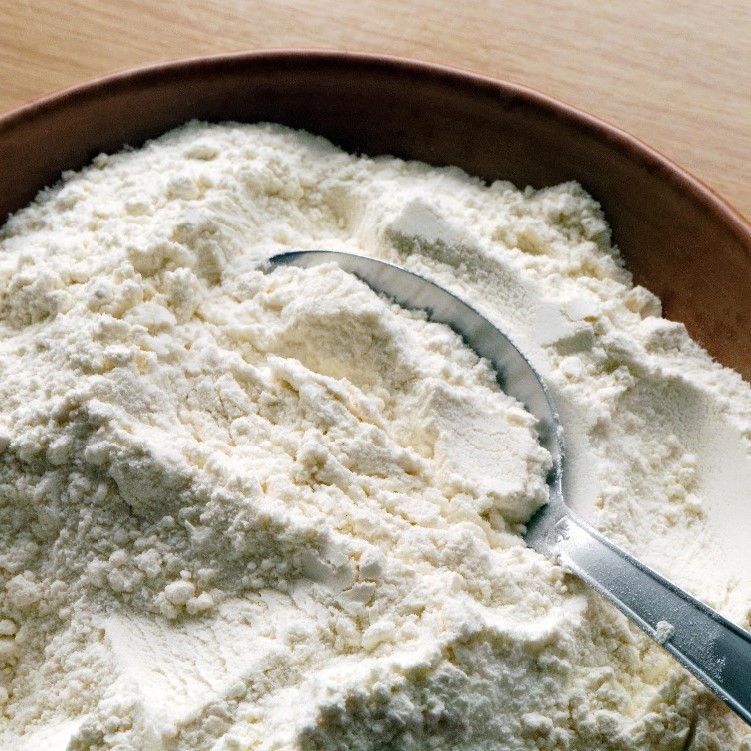
Cake Wheat Flour
Cake flour is a fine, low-protein flour (6–8%) for light, fluffy cakes and delicate pastries. Often bleached for higher rise.
Key Features:
- Ultra-Fine Texture: Creates soft crumb.
- Low Gluten: Prevents chewiness.
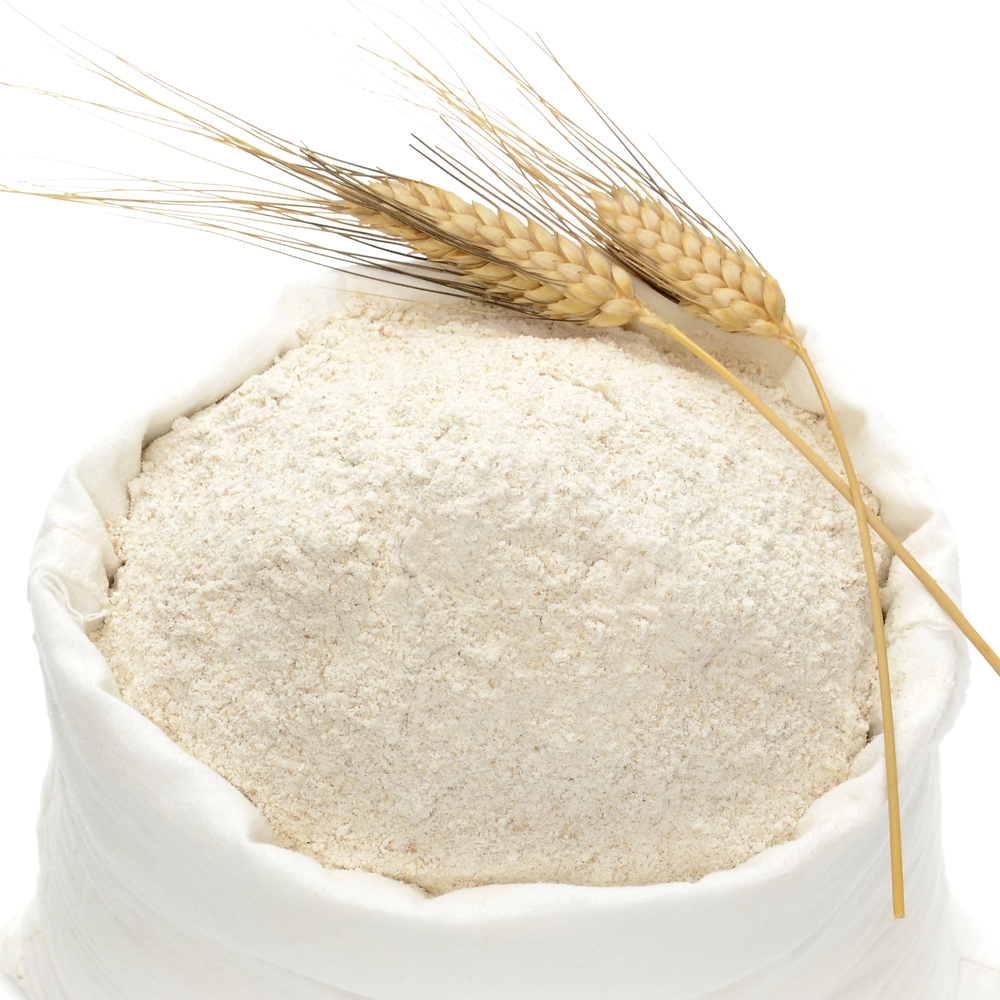
Bread Wheat Flour
Bread flour is a high-protein flour (12–14%) with extra gluten for chewy breads, bagels, and pizza crust.
Key Features:
- Strong Gluten Network: Ideal for yeast baking.
- Unbleached: Better flavor and rise.
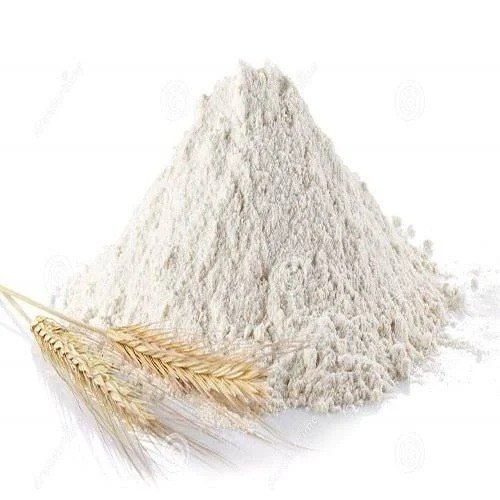
All Purpose Wheat Flour
All-purpose flour is a versatile blend of hard and soft wheat (10–12% protein). Suitable for most baking needs, from cookies to pie crusts.
Key Features:
- Balanced Protein: Adaptable for many recipes.
- Bleached vs. Unbleached: Affects texture and color.
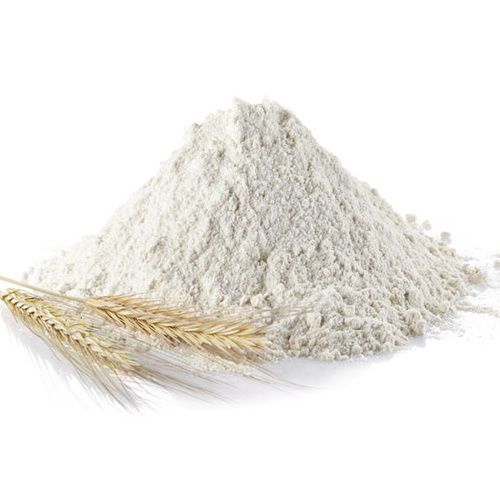
White Whole Wheat Flour
White whole wheat flour is made from hard white wheat, offering whole grain nutrition with a milder taste and lighter color than traditional red wheat.
Key Features:
- Same Nutrients as Red Wheat: Fiber, vitamins, minerals.
- Kid-Friendly: Less bitter for baked goods.
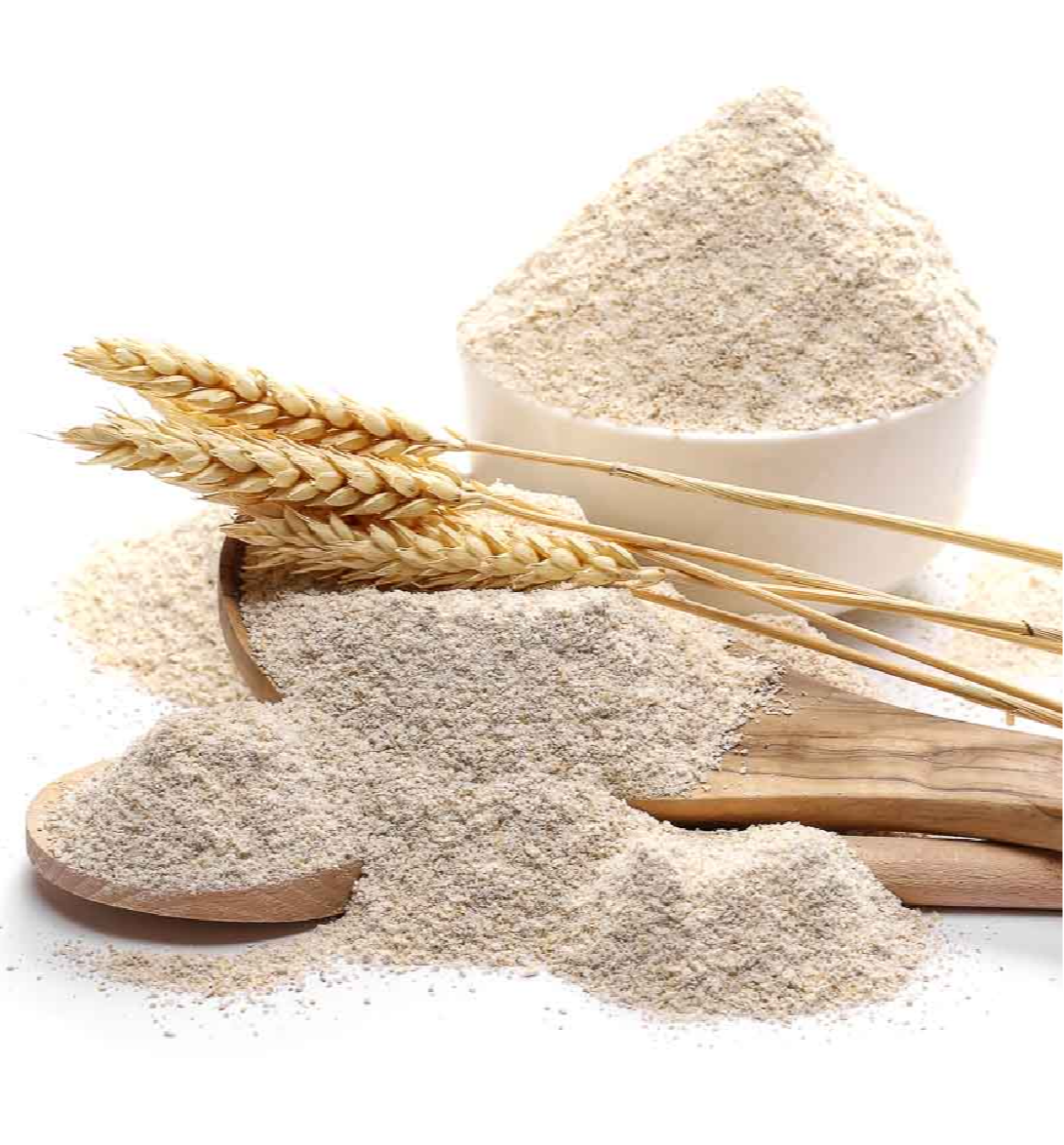
Durum Wheat Flour
Durum wheat flour is a high-protein, golden flour used for pasta, semolina, and Mediterranean breads. The hardest wheat variety.
Key Features:
- High Gluten Strength: Holds shape in pasta.
- Coarse Texture: Often milled into semolina.
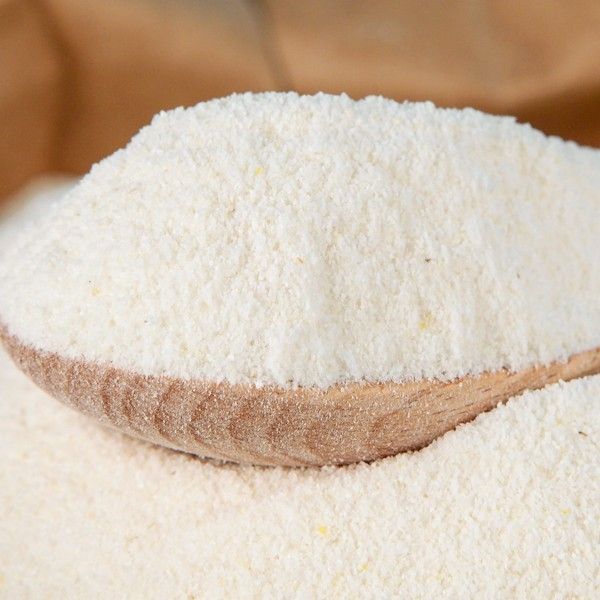
White Corn Flour
White corn flour is a fine, gluten-free flour ground from dried white corn. Used in tortillas, tamales, and Latin American baking.
Key Features:
- Naturally Sweet: Mild corn flavor.
- Gluten-Free: Safe for celiac diets.

Yellow Corn Flour
Yellow corn flour is a vibrant, gluten-free flour with a sweet, earthy taste. Common in cornbread, muffins, and batters.
Key Features:
- Rich in Carotenoids: Beta-carotene for eye health.
- Versatile: Also used for thickening sauces.
